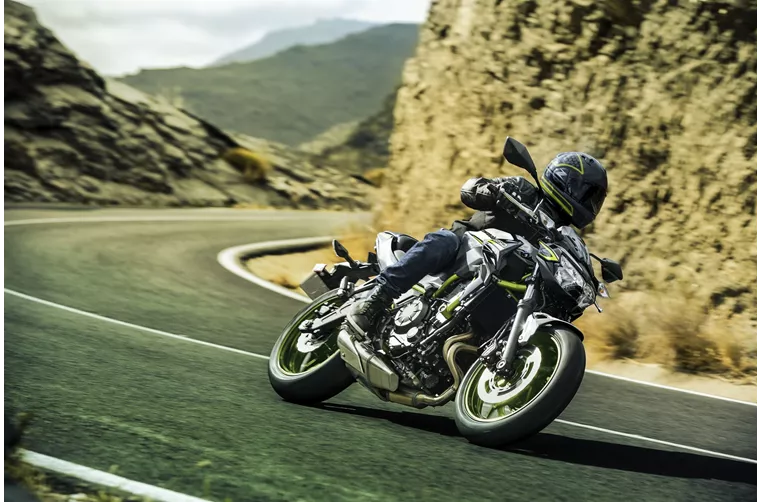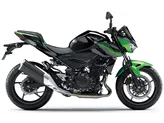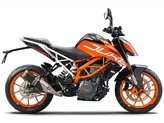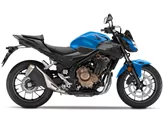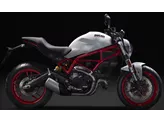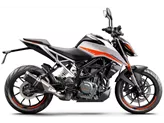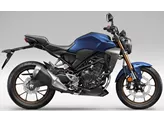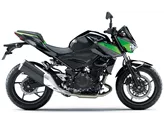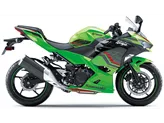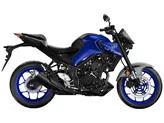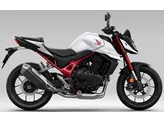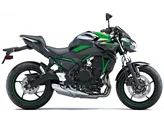Kawasaki Z650 2021 vs. Kawasaki Z 400 2019
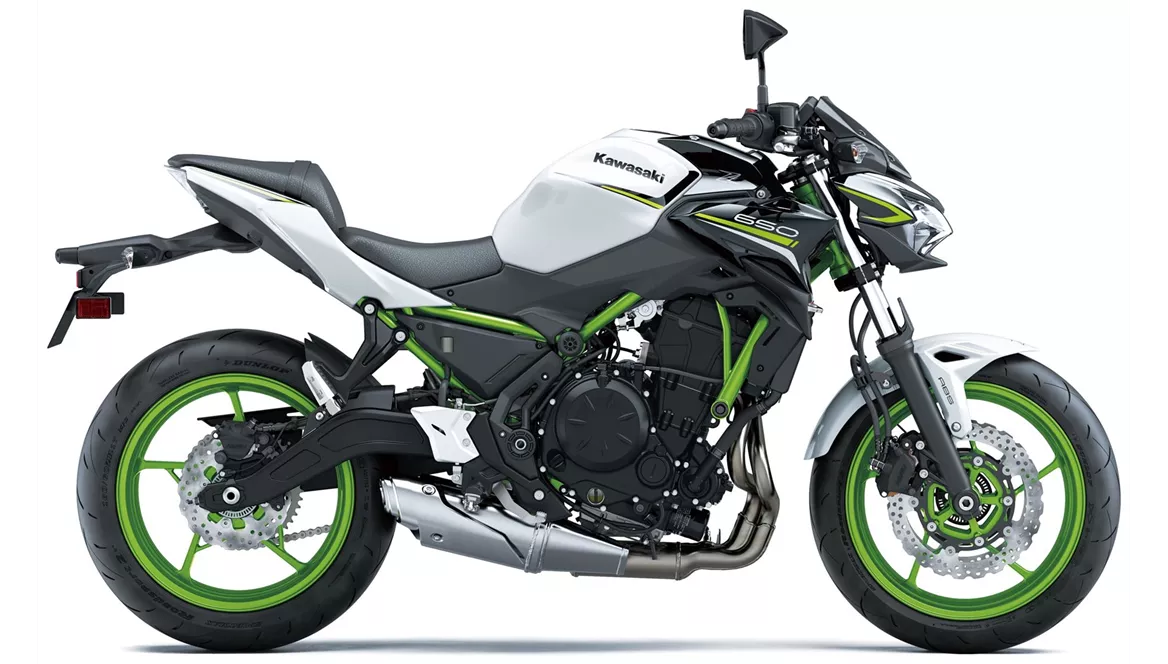
Kawasaki Z650 2021

Kawasaki Z 400 2019
Overview - Kawasaki Z650 2021 vs Kawasaki Z 400 2019
The Kawasaki Z650 2021 and the Kawasaki Z 400 2019 are both naked bikes from Kawasaki, but they have some notable differences in terms of technical specifications and strengths.
Starting with the technical specifications, the Kawasaki Z650 2021 is equipped with a more powerful engine compared to the Kawasaki Z 400 2019. The Z650 has an in-line, 2-cylinder engine with a displacement of 649cc and produces 68.2 HP of power and 65.7 Nm of torque. On the other hand, the Z 400 has a smaller 399cc engine that generates 45 HP of power and 38 Nm of torque. Both bikes have fuel injection systems and liquid cooling.
In terms of suspension, both bikes feature telescopic forks in the front and swing arm suspension with a monoshock in the rear. However, the Z650 2021 offers preload adjustment for the rear suspension, allowing for some customization based on rider preferences. The chassis of both bikes is made of steel and has a tubular frame design.
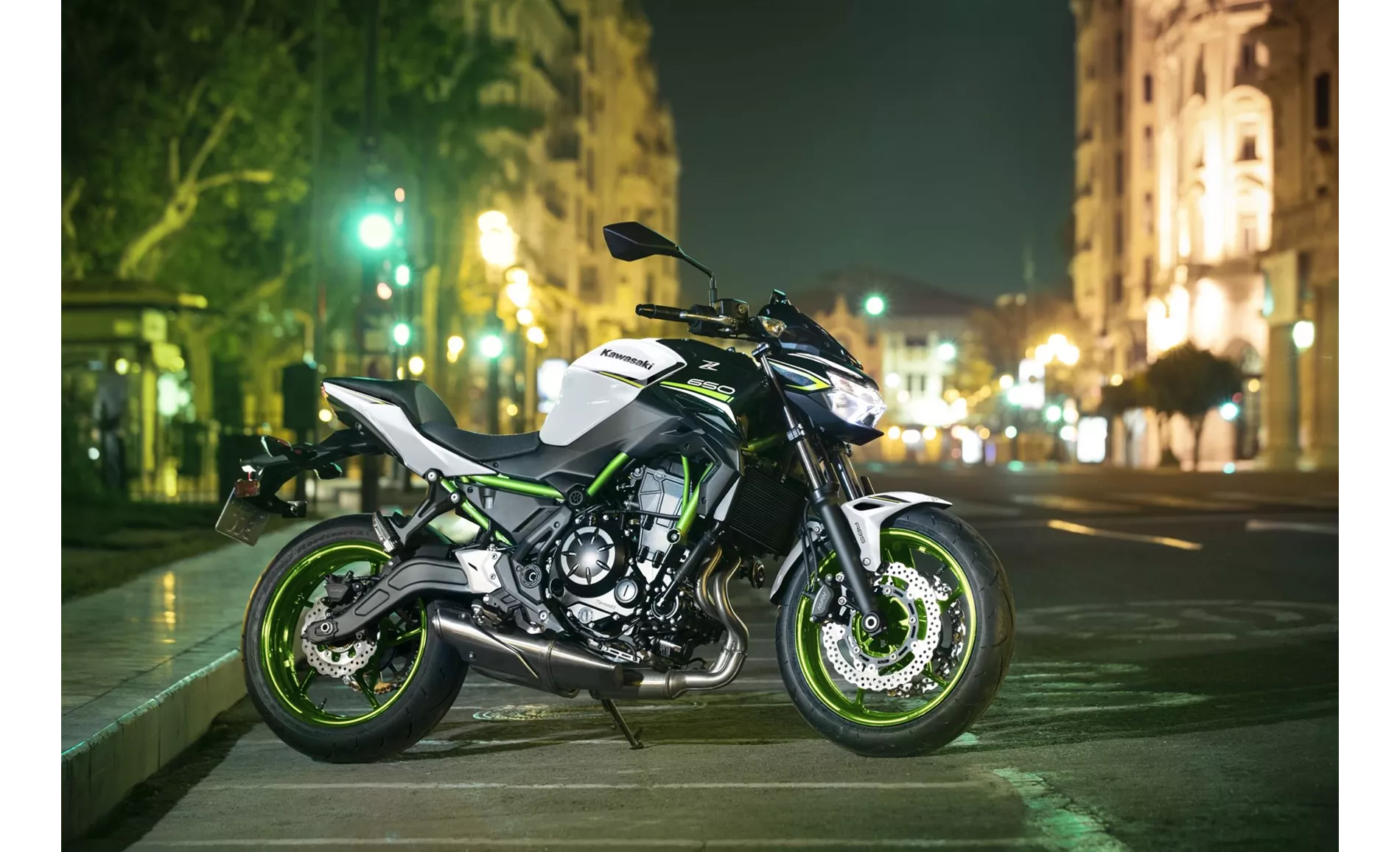
Kawasaki Z650 2021
When it comes to braking, the Z650 2021 is equipped with double disc brakes in the front with a diameter of 300mm and double pistons. The Z 400 2019, on the other hand, has a single disc brake in the front with a larger diameter of 310mm and double pistons. Both bikes feature petal technology for improved heat dissipation. Additionally, both bikes come with ABS as part of their advanced rider assistance systems.
In terms of dimensions and weights, the Z650 2021 has a slightly wider front tire (120mm) compared to the Z 400 2019 (110mm). Both bikes have the same front and rear tire diameters of 17 inches. The Z650 has a longer wheelbase of 1410mm compared to the Z 400's 1370mm. The seat height of the Z650 is also slightly higher at 790mm compared to the Z 400's 785mm. The Z650 is slightly heavier with a kerb weight of 187.1 kg (with ABS) compared to the Z 400's 167 kg (with ABS). Both bikes have fuel tank capacities of 15 liters and 14 liters respectively.
Moving on to their strengths, the Kawasaki Z650 2021 offers an accessible two-cylinder engine, compact dimensions, and a low seat height, making it suitable for riders of different sizes and experience levels. It also features a stable chassis and a TFT display with connectivity, providing a modern and tech-savvy riding experience. Additionally, the Z650 has a grown-up look, appealing to riders who prefer a more mature aesthetic.

Kawasaki Z 400 2019
On the other hand, the Kawasaki Z 400 2019 has its own strengths. It offers a great, very controllable power delivery, making it suitable for novice riders who are still developing their riding skills. The bike has a low weight, which contributes to its nimble handling. The seating position is also considered good, providing comfort and control. Additionally, the Z 400 has a great sound, adding to the overall riding experience.
However, both bikes have their weaknesses as well. The Z650 2021 may be uncomfortable for tall riders due to its compact dimensions. Additionally, some riders may find that the adrenaline level in the saddle is lower compared to the competition, potentially impacting the overall excitement of the ride. On the other hand, the Z 400 2019 has non-adjustable clutch and brake levers, limiting customization options for rider comfort. The chassis of the Z 400 is also limited in terms of adjustability, potentially impacting the bike's performance in certain riding conditions.
In conclusion, the Kawasaki Z650 2021 and the Kawasaki Z 400 2019 are both solid choices in the naked bike segment. The Z650 offers more power and customization options, making it suitable for riders who prioritize performance and personalization. On the other hand, the Z 400 provides a more beginner-friendly experience with its controllable power delivery and lightweight design. Ultimately, the choice between the two will depend on the rider's preferences and riding style.
Technical Specifications Kawasaki Z650 2021 compared to Kawasaki Z 400 2019
Pros and Cons in comparison
Pros and Cons in comparison
Kawasaki Z650 2021
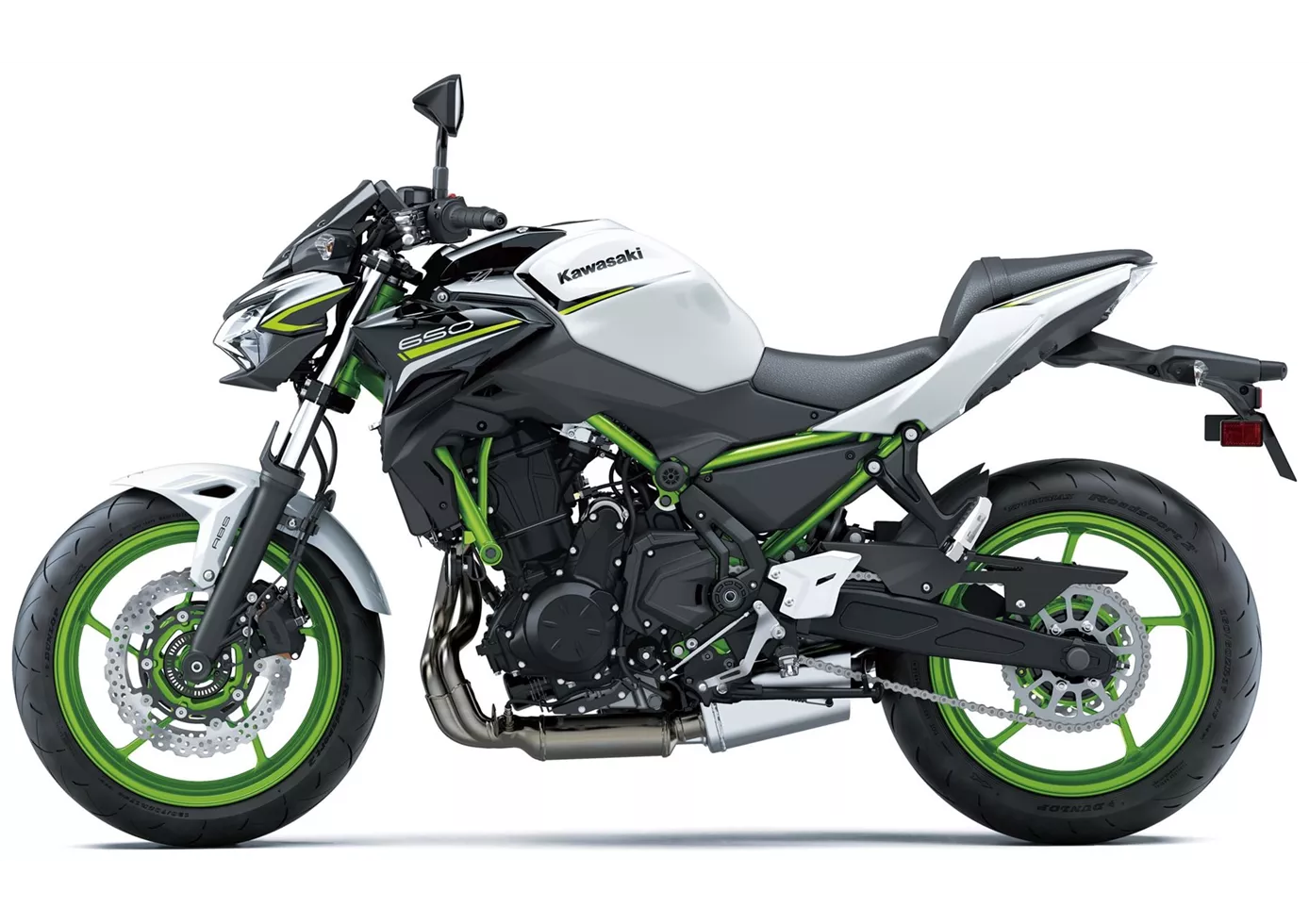
Even in 2021, the Kawasaki Z 650 stands for easy riding with great looks and good equipment. Both seat height and engine are very accessible and will give both experienced riders and newcomers a lot of pleasure. If you are looking for an honest naked bike without any big surprises, this is the bike for you. Due to its compact dimensions, however, you should try it out before buying and perhaps go for the raised seat.
Kawasaki Z 400 2019

The Kawasaki Z400 is definitely a great evolution of its predecessor, the Z300. More power, less weight - all around, simply an even better bike. Above all, the linear power delivery and excellent handling make the Z400 an ideal entry-level bike. The ease of clutch operation and good chassis set-up are also in this vein, which is why the Z400 can be recommended to novice riders without hesitation.
Price Comparison Avarage Market Price Kawasaki Z650 vs Kawasaki Z 400
There are a few key differences between a Kawasaki Z650 2021 and a Kawasaki Z 400 2019. In terms of price, the actual average price of a Kawasaki Z650 2021 is about 36% higher. Compared to Kawasaki Z 400 2019 there are more Kawasaki Z650 2021 bikes available on the 1000PS.de Marketplace, specifically 25 compared to 6. It takes less time to sell a Kawasaki Z 400 with 99 days compared to 106 days for the Kawasaki Z650. Since model year 2017 1000PS.de editors have written 31 reviews for the Kawasaki Z650 and 8 reviews for the Kawasaki Z 400 since model year 2019. The first review for the Kawasaki Z650 was published on 08/11/2016 and now has more than 25,000 views. This compares to more than 23,200 views for the first review on Kawasaki Z 400 published on 02/10/2018.
